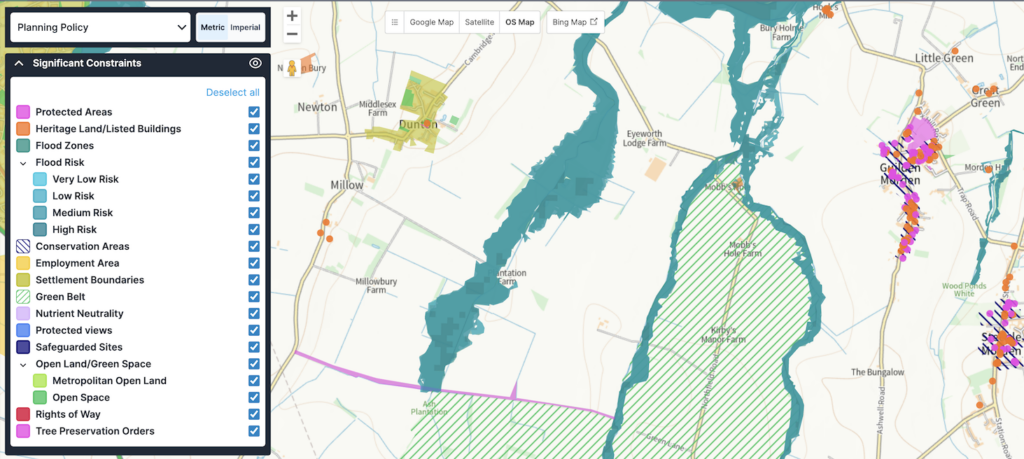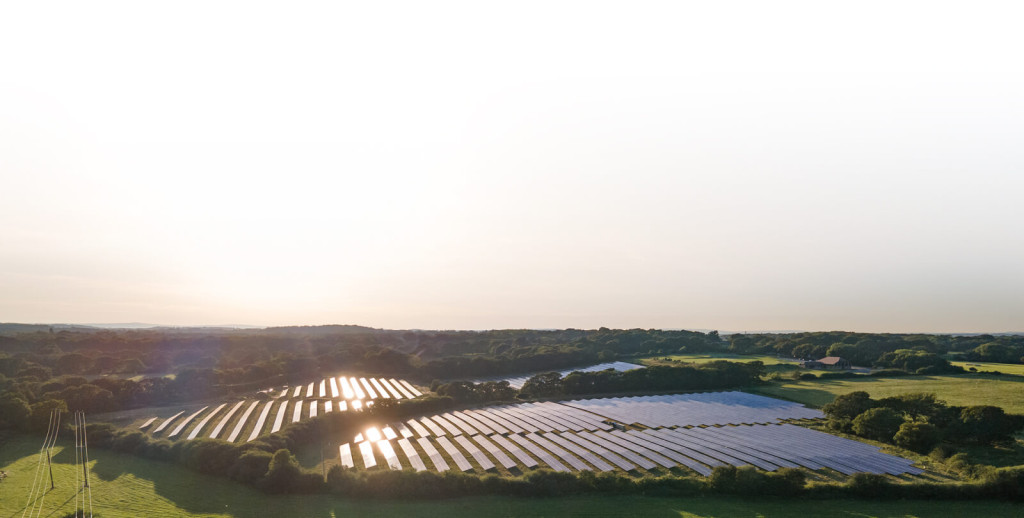Table of Contents
Leasing your land for a renewable energy project is an excellent way to support and diversify your existing business by providing a secure, index-linked, income stream.
I am going to talk about what to expect from the process and how the Clearstone team will work in partnership with you at every stage of the process.
How did we get here?
If you’re reading this article on the back of receiving a letter or a call from Clearstone Energy then it might be useful to understand the process that led to us contacting you. At Clearstone we develop energy projects that feed directly into the National Electricity Transmission network managed by National Grid.
Given that our projects support the National Grid network, our projects are large in scale. All projects are different and require site specific designs, but broadly a 50MW solar farm requires around 200 acres of land, and a 200MW battery requires 20-30 acres.
Unlike many developers, we secure our connection offer from National Grid prior to finding the land for our projects. This connection first, land second approach removes the risk that a good project could fail to proceed due to the limited capacity on the UK electricity grid for new connections.
Once we have a confirmed grid connection to a National Grid substation, we undertake an extensive land search and pre-filtering process to identify land close to the substation that has the potential to host the project.
If your land is identified as part of our land search process, you will be contacted by one of our Development Managers to find out if you would be interested in leasing land to take a project forward.
What do we consider when identifying land for a Renewable Energy Project?
Prior to contacting a landowner, our Development Managers will undertake an initial desktop feasibility study of the land ownership. The key things that we consider in this process are:
Technical requirements
- Minimum land acreage based on the type of project
- Distance and complexity of cable connection to the substation
- Topography of the land and suitability for the project
- Access routes for maintenance and construction
- Flood risk on the land
Planning constraints
- Planning protections including AONB, National Park, and green belt
- Heritage and conservation allocations, including ancient monuments, conservation areas, and listed buildings
- Ecological allocations, including ancient woodlands and SSSIs

Community constraints
- Public Rights of Way and Permissive Routes around and across the land
- Proximity to neighbours, particularly residential dwellings
- Boundary screening from surrounding area, including roads and properties
Having secured a grid connection and been through this site feasibility study means that if we have contacted you about a project, you can be confident that hosting a renewable energy project is a very real option for your land.
How can I find out more?
I encourage all the landowners we contact to undertake a site meeting with our Development Managers. This is a no obligation meeting and a great opportunity for you to ask questions, talk through commercials and meet the team that you would be working with on a project. Our goal is to ensure that you leave the meeting armed with the knowledge needed to make a decision about whether this is the right thing for you, your business, and/or your family.
If you work with a land agent they would typically be present at this first meeting and play a key role going forwards in any project.
A key part of that first meeting is being able to talk specifics about which areas of your land ownership would be most suitable for a project. So prior to this meeting it is useful for you to have considered the land that may be suitable for a renewable energy project and some of the key constraints that may impact the development. It is helpful to start with a larger area than required to ensure that we have the flexibility to revise the area as the project evolves and detailed surveys and design work start to take place.
What happens next?
If, following the site meeting, you are keen to bring the project forward then the next stage in the process is to formalise project details and document the agreement between us in the form of an Option for Lease Agreement. I will talk about typical agreement structure for our projects in the next article in this series.
